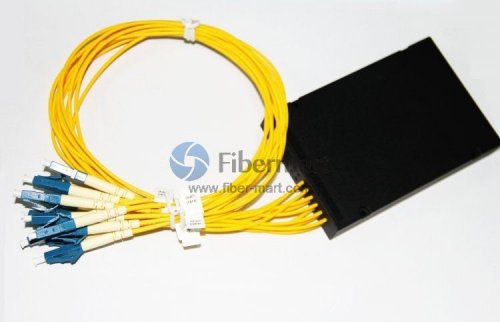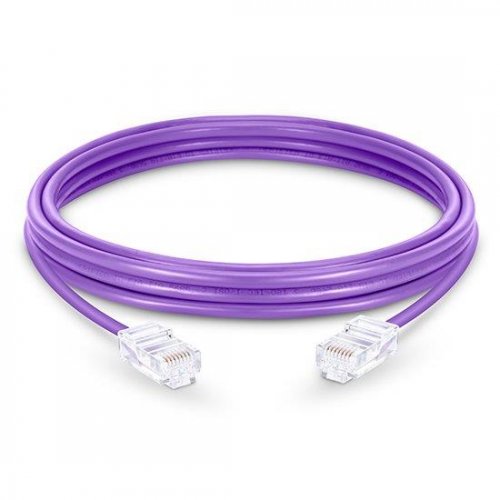Right now filled by fiber optic frameworks all over the place, one won’t neglect to appreciate the advantages brought by fiber optics in day by day life. In an entire fiber optic framework, the most basic part ought to be the fiber optic link. This link is comprised of staggeringly slim strands of glass or plastic topped with the equivalent (eg. ST fiber link) or diverse connector types (LC ST fix link) on the finishes, utilized as the medium to convey data starting with one point then onto the next with light-based innovation. Much the same as power that can control numerous kinds of machines, light emissions can convey numerous sorts of data, so fiber optics do incredible to individuals from multiple points of view, such as communicating, transportation, drug, etc..Along with the overwhelming utilization of fiber optic links, testing the introduced links additionally gains significance in down to earth use. Since there are numerous measures accessible for testing, a few people may get confounded. Be that as it may, don’t stress. This content is composed with an endeavour to clean up this disarray.

Testing Principles
As a rule, five different ways are recorded in different worldwide models from the EIA/TIA and ISO/IEC to test introduced link plants. Initial three of them use test sources and force meters to make the estimation, while the last two utilize an optical time space reflectometer (OTDR). Allows first observe the various outcomes from these techniques, and afterward dive into every one.
The utilization of source and force meter technique, otherwise called “addition misfortune”, mimics the manner in which the real system utilizes the link plant. The test source emulates the transmitter, and the force meter the recipient. However, inclusion misfortune testing requires reference links appended to the source and meter to interface with the link under test. This addition misfortune test can utilize 1, 2 or 3 reference links to set the “zero dB misfortune” reference for testing. Every method for setting the reference gives an alternate misfortune. While OTDR is a circuitous technique, utilizing backscattered light to infer the misfortune in the link plant, which can have huge deviations from addition misfortune tests. OTDRs are all the more regularly used to confirm join misfortune or discover harm to links.

Source/Power Meter Method
In source and force meter technique, all the three tests share a similar arrangement (demonstrated as follows), yet the reference force can be set with one, a few links as clarified straightaway. When all is said in done, the 1 reference link misfortune strategy is liked, yet it necessitates that the test gear utilizes a similar fiber optic connector types as the links under test. In the event that the link (ST fiber link) has various connectors from the test gear (SC-SC on the analyzer), it might be important to utilize a 2 or 3 link reference, which will give a lower misfortune since connector misfortune is remembered for the reference and will be subtracted from the complete misfortune estimation.
Reference per TIA OFSTP-14 (1 Cable Reference)
This technique, earlier called strategy B, utilizes just one reference link. The meter, which has a huge territory identifier that estimates all the light leaving the fiber, viably has no misfortune, and in this way gauges the all out light leaving the dispatch reference link. At the point when the link is tried as underneath, the deliberate misfortune will incorporate the loss of the reference link association with the link plant under test, the loss of the fiber and all the associations and grafts in the link plant and the loss of the association with the reference link appended to the meter.
Reference per TIA OFSTP-14 (2 Cable Reference)
This one, in the past considered strategy An, utilizes two reference links with one dispatch link appended to the source, and the other get one joined to the meter. (The two links are mated to set the reference.) Setting the reference along these lines incorporates one association misfortune (the mating of the two reference links) in the reference esteem. At the point when one isolates the reference links and joins them to the link under test, the dB misfortune estimated will be less by the association misfortune remembered for the reference setting step. This technique gives a misfortune that is not exactly the 1 link reference.
Reference per TIA OFSTP-14 (3 Cable Reference)
Reference links are frequently fix lines with plugs, while the link under test has jacks on either end. The best way to get a legitimate reference is to utilize a short and great link as a “remain in” for the link to be tried to set the reference. To test a link, supplant the reference link with the link to test and make a relative estimation. Clearly this strategy remembers two association misfortunes for setting the reference, so the deliberate misfortune will be less by the two association misfortunes and have more prominent vulnerability. At last, here goes the image indicating the testing case with one, two, three reference links.

OTDR Testing
With just one lunch link, the OTDR can gauge the length of the link under test and the loss of the association with the link under test in addition to the loss of the fiber in the link under test, and some other associations or grafts in the link under test. Notwithstanding, this strategy doesn’t test the connector on the furthest finish of the link under test, since it isn’t associated with another connector, and association with a reference connector is important to make an association misfortune estimation.
In the event that a get link is utilized on the most distant finish of the link under test, the OTDR can gauge the loss of the two connectors on the link under test just as the fiber in the link, and some other associations or grafts in the link under test. The arrangement of the B marker after the association with the get link implies a portion of the fiber in the get link will be remembered for the misfortune estimated.